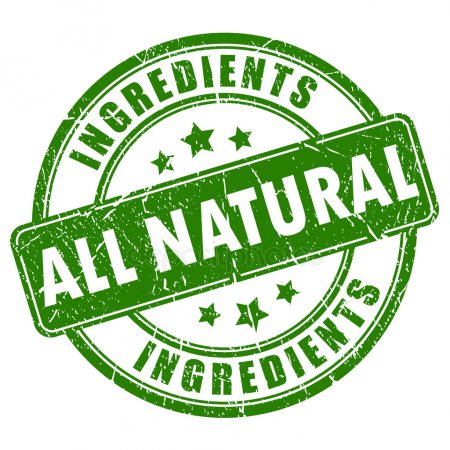It’s fair to say that a lot of time and energy has been focused on vilifying single use plastics over the last few years. Further, local and organic food suppliers are seeing an upswing in consumer drive towards natural ingredients.
As the market competition for natural foods increases, how can brands use current trends to speak to consumers from the grocery store shelves? Below is a quick reference list of 3 top trends in natural food retail packaging:
- Sustainability:
- When envisioning natural food packaging, it is easy to see how that translates into sustainability. A recent article by Packaging Insights cites that more natural, renewable and recyclable paper-based formats with reduced carbon footprint appeal to environmentally conscious consumers. You can read that article here. In addition to appealing to environmentally conscious consumers, using paper packaging paper aids to convey a more “natural looking” product. A 2018 Ispos survey revealed that approximately 75% of Americans were more apt to buy a product if it were packaged in paper or cardboard due to a perception that it was better for the environment. Therefore, companies are necessarily becoming more creative in the use of not only paper packaging, but also incorporating other biodegradable materials such as corn, and bamboo.
- 2. Packaging Transparency
- Food packaging not only serves to further brand image, it also serves a practical function: to protect food product for safety of consumption. While the paper, biodegradable and cardboard packaging trend has certainly taken off, there is still a practical need to convey that the food one is about to purchase is safe to eat. Making a piece of packaging transparent will allow consumers to view the contents of the package. By using recycled plastic for a transparent window, and having clear recycling instructions visible on the packaging, consumers are able to associate a product with sustainability, while ensuring that the product contained is safe for consumption.
- 3. Color And Design
- Minimalism. It’s so hot right now. While large swaths of blank space are typically associated with minimalism, the strategic use of color has begun to change the way that consumers view this design philosophy. Using clear and clean labeling on a single color, pattern, or color block, can effectively work to make a product jump off the shelf. Further, brands have begun to steer away from solely using brand-specific colors. Having a strong brand identity does not have to restrict the use of color. Often,color can be used to convey and emotion or thought or flavor in ways not previously thought of. The strategic use of color, simple design elements coupled with strong brand identity can further help connect with consumers.We know the food packaging industry inside and out, and are always on top of trends and new materials being made available. Drop us a line for a free packaging assessment or just to pick our brains about how you can make the best use of some of these great new trends.





